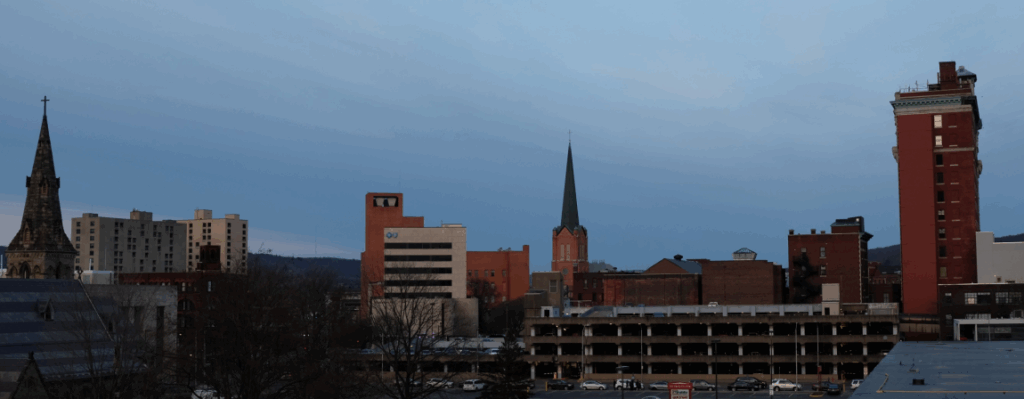
Transportation Improvement Program (TIP)
The federally-mandated Transportation Improvement Program (TIP) outlines all of the federally-funded transportation projects, voted on and approved for the BMTS Planning Area over a five year period. These improvements cover various transportation modes and facilities, including roadways and bridges, bicycle and pedestrian facilities, transit equipment and services, and safety improvements.
2026-2030 Transportation Improvement Program
2023-2027 Transportation Improvement Program
- FFY 2023 – FFY 2025 MPO Self-Certification
- FFY 2020 – FFY 2022 MPO Self-Certification
- FFY 2017 – FFY 2019 MPO Self-Certification
- FFY 2014 – FFY 2016 MPO Self-Certification
- Initial Project Proposal Request Form (IPP) – revised 5/2018
Annual Listings of Obligated Projects by FFY
Federal regulations require an annual listing of transportation projects, including investments in pedestrian walkways and bicycle facilities, for which federal funds have been obligated in the preceding federal fiscal year (FFY) be made available for public review by the Metropolitan Planning Organization. The listing must be consistent with the funding categories identified in the Transportation Improvement Program (TIP).
Fund sources:
Federal Highway Administration (FHWA):
- National Highway Performance Program (NHPP)
- Surface Transportation Block Grant Program
o STBG-Flex
o STBG-Off - Transportation Alternatives Program (TAP)
- Highway Safety Improvement Program (HSIP)
Federal Transit Administration (FTA)
- §5307 Urbanized Area Formula Grant
- §5310 Enhanced Mobility of Seniors and Individuals with Disabilities
- §5311 Rural Area Formula Grant
- §5339 Bus & Bus Facilities Program
PROJECT PHASES
The TIP identifies project costs and schedules by phase. These phases are:
Scoping: This phase involves meetings with project developers and designers, local government representatives, and other involved parties. Decisions are made about the specific elements that will be included in the project and the range of design alternatives that will be investigated.
Preliminary Design: This phase included basic engineering work on each alternative, traffic studies, environmental analyses, and other work specific to the project. Public outreach in accordance with state and federal requirements is used to gain community input on the project. A preferred alternative is selected to advance the project.
Detailed Design: This phase included detailed engineering work on the preferred alternative. This phase results in the plans and specifications that the construction contractor will work from.
Right-of-way Incidentals: Preparation work done prior to the acquisition of the right-of-way.
Right-of-Way Acquisition: This phase includes the acquisition of right-of-way (property) necessary to complete the project. Acquisition can be achieved through the purchase of property or an easement.
Construction: This encompasses all work necessary to build the project.
Construction Inspection: This phase includes ongoing inspection to ensure construction is performed properly and conforms to specifications. This work is often contracted out.
Operation: This designates funds that are used for the Traffic Operations Center, bridge inspection etc.
Other: This phase is usually associated with public transportation projects and involves the purchase and acquisition of vehicles and associated preventive maintenance, though in some cases, such as for station, parking, and maintenance/storage facilities, the construction of permanent facilities is undertaken.
Annual Listing of Obligated Projects FFY 2025
Annual Listing of Obligated Projects FFY 2024
Annual Listing of Obligated Projects FFY 2023
Annual Listing of Obligated Projects FFY 2022
Annual Listing of Obligated Projects FFY 2021
Jennifer Yonkoski, PTP
executive Director
Edwin L. Crawford County Office Building
Fifth Floor
60 Hawley Street
PO Box 1766
Binghamton, NY 13902
PHONE: 607.778.2443
FAX: 607.778.2175
EMAIL: BMTS@broomecountyny.gov
- Long Range Transportation Plan
- Transportation Improvement Program
- Unified Planning Work Program
- Studies and Reports
- Resources
